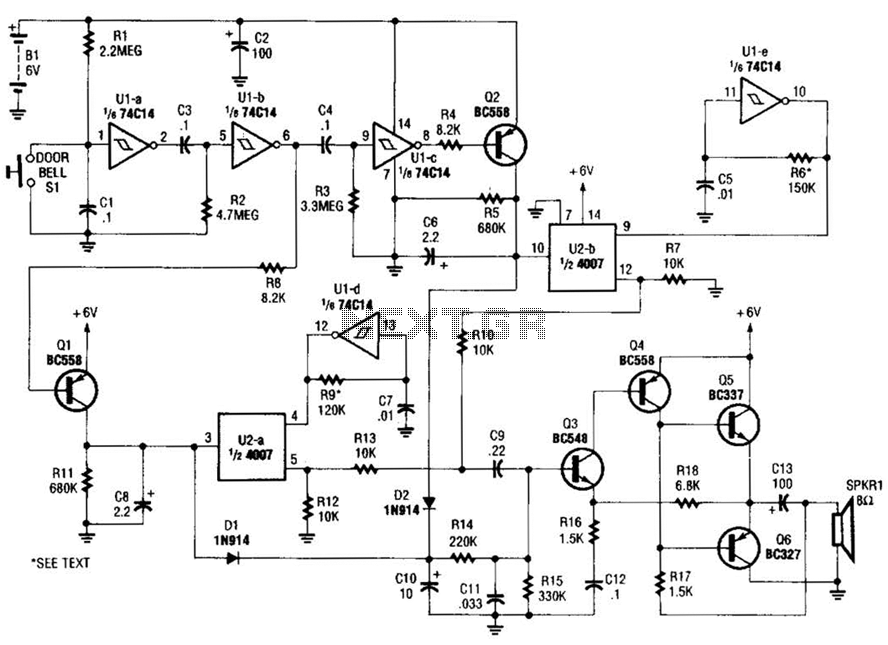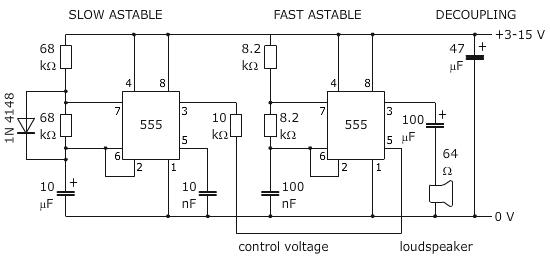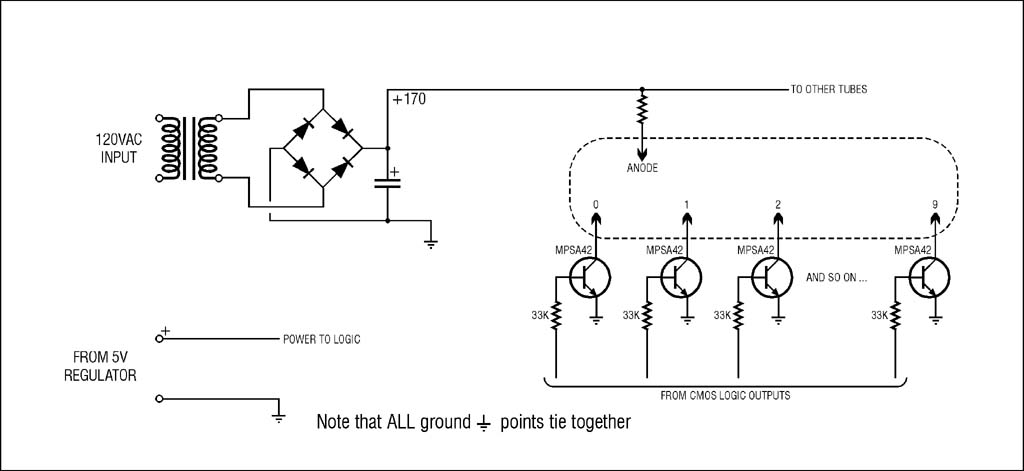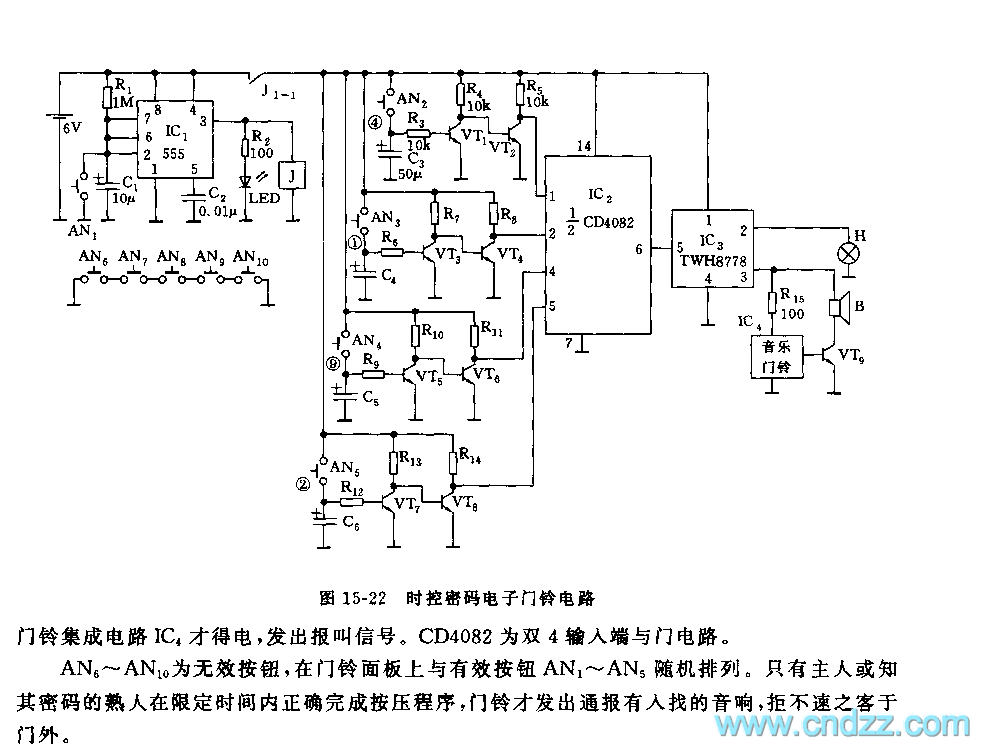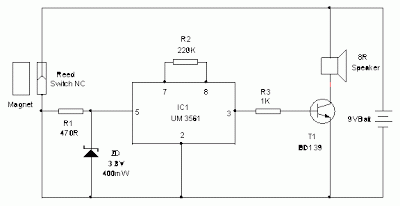
Door Lock on Go
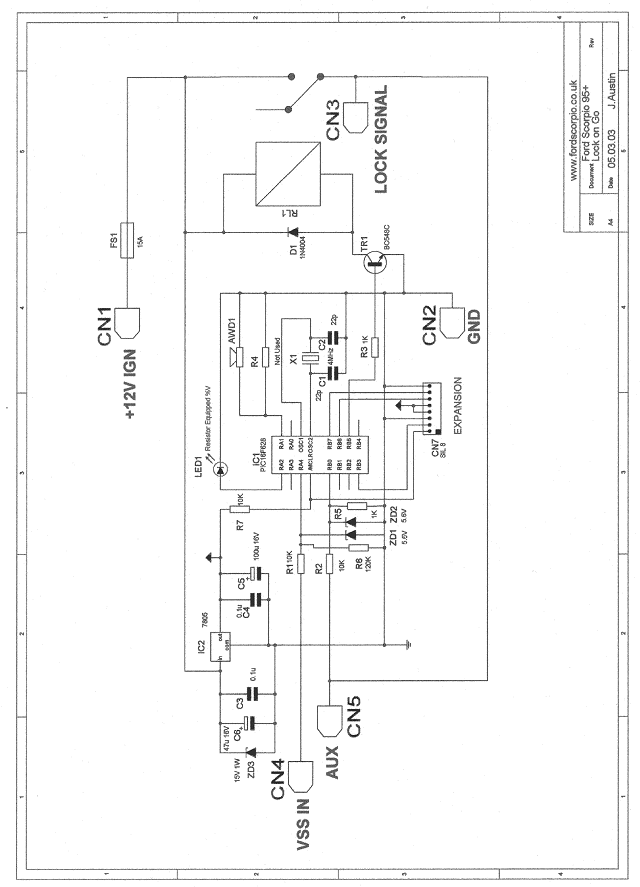
To implement a modification that enables automated locking of the Scorpio's central locking system once a preset speed threshold is reached. This enhancement increases security and safety. Various methods exist for calculating the velocity of an object; in this context, only speed is relevant (i.e., direction or its sign is not necessary). An electrical generator, often referred to as a tachometer, is one option; these devices output a voltage that corresponds to the speed of a rotating shaft. Another method involves counting pulses generated during one revolution of a rotating shaft, which can utilize switches, optical or inductive methods, or a toothed wheel connected to the shaft, with the wheel's teeth varying based on the required revolutions per rotation. A more precise approach is to use an encoder, an optical device that can provide either absolute position or pulses per degree of movement (phase-shifted signals are needed for direction). The Ford Scorpio (1995 and later models) features a Vehicle Speed Sensor (VSS) integrated into its gearbox. The VSS operates on the pulse counting principle, supplying a signal used for the speedometer, climate control, radio AVC, cruise control, etc. Notably, some modern vehicle designs utilize one of the ABS sensors as the VSS. The VSS generates a 2.2 Hz square wave pulse per MPH, resulting in approximately two pulses per second for every MPH of motion, yielding a resolution of 0.5 MPH. However, due to other factors, the Scorpio's speedometer may not exhibit this level of accuracy, as it shows some nonlinear characteristics. Additional features include two selectable speed alarms and the ability to relock the doors after they open and the speed drops to 0 MPH. A serial RS232 link is available for programming operational parameters and monitoring the vehicle's speed via a laptop or notebook PC. Basic PC software is provided, but a small protocol converter is necessary to connect an RS232 port to the onboard connector. These features are optional for those who desire a standard preset system; they are intended for users wishing to modify parameters or verify the VSS speed against the speedometer for calibration purposes. The system comprises a pre-assembled printed circuit board, a microcontroller, a relay for switching the door closure signal to the central locking system, and several additional components. A basic outline of the circuit, along with the schematic and software for the microcontroller, is available. The IC2 voltage regulator and its associated components supply a 5V output for the PIC16F628 microcontroller. Connector CN4 interfaces with the Scorpio's VSS signal, which is routed through a resistor into Input A4, configured as a hardware counter. The VSS clocks an internal counter in the PIC16F628, which is then used to compute speed. Upon reaching the designated speed, Relay RL1 is activated, providing a +12V switching signal on CN3 to lock the central locking system. Input B0 monitors whether the doors are locked.
The design of this circuit emphasizes precision and reliability in automated vehicle security systems. The integration of a microcontroller, specifically the PIC16F628, allows for sophisticated processing capabilities, enabling real-time calculations of vehicle speed based on the input from the Vehicle Speed Sensor (VSS). The use of a relay to control the locking mechanism ensures that the central locking system is engaged promptly when the speed threshold is met, enhancing the vehicle's security profile.
The circuit's architecture includes a voltage regulation stage, vital for maintaining stable operation of the microcontroller and associated components. The integration of the RS232 communication link facilitates easy access for programming and monitoring, allowing for adjustments to operational parameters and performance testing. This feature is particularly beneficial for calibration, ensuring that the speed readings from the VSS align with the vehicle's speedometer.
The use of selectable speed alarms adds an additional layer of functionality, allowing users to set alerts for specific speed thresholds, which can enhance driver awareness and safety. Furthermore, the capability to relock the doors automatically when the vehicle comes to a stop adds convenience and security, preventing unauthorized access when the vehicle is stationary.
In summary, this modification to the Scorpio's central locking system not only enhances security but also introduces a range of features that improve user interaction and vehicle safety, making it a valuable addition to modern automotive technology.To produce a modification that provides automated locking of the Scorpios central locking system upon a preset speed threshold. This provides increased security and safety. Various methods are available to calculate the velocity of an object; here we only need concern ourselves with Speed (i.
e. no direction or sign of direction is required). An el ectrical generator usually referred to as a tacho or tachometer is one possibility; these devices provide voltage dependant on speed of a rotating shaft. A second method is to count pulses produced in a revolution of a rotating shaft and the technology to do this can consist of either a switch, optical or inductive methods, or monitoring a toothed wheel connected to the shaft where the wheel may have one or more teeth depending on the required revolution in one rotation of the shaft.
Thirdly a similar, but usually more accurate method is to use an encoder; this is an optical device that can either return absolute position or pulses per degree of movement. (For direction out of phase signals are required). In common with most cars today, the Ford Scorpio 95+, has a Vehicle Speed Sensor or VSS built into its Gearbox.
The VSS works on the pulse counting method and the signal is used for the Speedometer, Climate Control, Radio AVC, Cruise Control etc. (Interestingly some new car designs actually use one of the ABS sensors as the VSS. ) The VSS provides a 2. 2HZ per MPH square wave pulse (around 2 pulses per second for every MPH of motion). This gives a resolution of 0. 5MPH. (But due to other factors, the Scorpios Speedometer will not be this accurate - the Speedometer exhibits some non linear characteristics).
Some extra features are provided, including two selectable Speed Alarms and Re-locking after the doors open and the speed drops to 0MPH. A serial RS232 link for programming the operational parameters and monitoring the cars speed via a laptop or notebook PC is also provided on the board.
Basic PC software is also available but a small protocol converter is required to connect an RS232 port to the on board connector. These features are not required if you just want a standard pre-set system, they are only needed if you want to modify the parameters or check the VSS speed against the Speedometer.
This is useful if you want to calibrate the system against your Speedometer. The system consists of a ready made printed circuit board, a small microcontroller, a relay to switch the door close signal to the central locking, and a few other components. For those who are interested, here is a basic outline of the circuit. The schematic and software for the micro controller are also included. IC2 voltage regulator and associated components provide a 5V supply for the PIC16F628 micro controller.
Connector CN4 is connected to the Scorpios VSS signal, this is fed via the associated resistor into Input A4, this is configured as a hardware counter. Thus the VSS clocks an internal counter in the PIC16F628, this is then used to calculate speed. At the desired speed Relay RL1 is activated, this provides a +12V switching signal on CN3, this locks the central locking.
Input B0 detects if the doors are locked. 🔗 External reference
The design of this circuit emphasizes precision and reliability in automated vehicle security systems. The integration of a microcontroller, specifically the PIC16F628, allows for sophisticated processing capabilities, enabling real-time calculations of vehicle speed based on the input from the Vehicle Speed Sensor (VSS). The use of a relay to control the locking mechanism ensures that the central locking system is engaged promptly when the speed threshold is met, enhancing the vehicle's security profile.
The circuit's architecture includes a voltage regulation stage, vital for maintaining stable operation of the microcontroller and associated components. The integration of the RS232 communication link facilitates easy access for programming and monitoring, allowing for adjustments to operational parameters and performance testing. This feature is particularly beneficial for calibration, ensuring that the speed readings from the VSS align with the vehicle's speedometer.
The use of selectable speed alarms adds an additional layer of functionality, allowing users to set alerts for specific speed thresholds, which can enhance driver awareness and safety. Furthermore, the capability to relock the doors automatically when the vehicle comes to a stop adds convenience and security, preventing unauthorized access when the vehicle is stationary.
In summary, this modification to the Scorpio's central locking system not only enhances security but also introduces a range of features that improve user interaction and vehicle safety, making it a valuable addition to modern automotive technology.To produce a modification that provides automated locking of the Scorpios central locking system upon a preset speed threshold. This provides increased security and safety. Various methods are available to calculate the velocity of an object; here we only need concern ourselves with Speed (i.
e. no direction or sign of direction is required). An el ectrical generator usually referred to as a tacho or tachometer is one possibility; these devices provide voltage dependant on speed of a rotating shaft. A second method is to count pulses produced in a revolution of a rotating shaft and the technology to do this can consist of either a switch, optical or inductive methods, or monitoring a toothed wheel connected to the shaft where the wheel may have one or more teeth depending on the required revolution in one rotation of the shaft.
Thirdly a similar, but usually more accurate method is to use an encoder; this is an optical device that can either return absolute position or pulses per degree of movement. (For direction out of phase signals are required). In common with most cars today, the Ford Scorpio 95+, has a Vehicle Speed Sensor or VSS built into its Gearbox.
The VSS works on the pulse counting method and the signal is used for the Speedometer, Climate Control, Radio AVC, Cruise Control etc. (Interestingly some new car designs actually use one of the ABS sensors as the VSS. ) The VSS provides a 2. 2HZ per MPH square wave pulse (around 2 pulses per second for every MPH of motion). This gives a resolution of 0. 5MPH. (But due to other factors, the Scorpios Speedometer will not be this accurate - the Speedometer exhibits some non linear characteristics).
Some extra features are provided, including two selectable Speed Alarms and Re-locking after the doors open and the speed drops to 0MPH. A serial RS232 link for programming the operational parameters and monitoring the cars speed via a laptop or notebook PC is also provided on the board.
Basic PC software is also available but a small protocol converter is required to connect an RS232 port to the on board connector. These features are not required if you just want a standard pre-set system, they are only needed if you want to modify the parameters or check the VSS speed against the Speedometer.
This is useful if you want to calibrate the system against your Speedometer. The system consists of a ready made printed circuit board, a small microcontroller, a relay to switch the door close signal to the central locking, and a few other components. For those who are interested, here is a basic outline of the circuit. The schematic and software for the micro controller are also included. IC2 voltage regulator and associated components provide a 5V supply for the PIC16F628 micro controller.
Connector CN4 is connected to the Scorpios VSS signal, this is fed via the associated resistor into Input A4, this is configured as a hardware counter. Thus the VSS clocks an internal counter in the PIC16F628, this is then used to calculate speed. At the desired speed Relay RL1 is activated, this provides a +12V switching signal on CN3, this locks the central locking.
Input B0 detects if the doors are locked. 🔗 External reference
